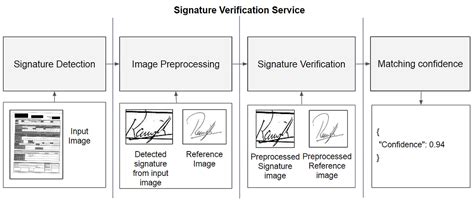Verification of the metamasque signature using web3.js: troubleshooting

When you use web3.js to sign transactions and check them in an intelligent contract, there could be problems with your signature verification. This article will help you solve the common problems that may arise when using Metamask for signature verification.
Number 1: Incorrect domain separator (Dadvisor)
The domainseparator is calculated incorrectly by web3.js. Make sure the following code extract is correct:
`Javascript
CONTT DOMAINSEPATOR = ETHERS.Keccak256 (
[...,
"0x", // Address of the sender
... // Additional addresses, for example, "0x1234567890abcdef", "0x234567890abcedf", etc.
]]
));
'
The "Domainseparator" is calculated by combining the sender's address with other addresses in a specific order. The correct order must be:
- Address of the sender
- Network chain id (for example, 4 for Ethereum)
- Contract chain ID (if specified)
Number 2: Incorrect signature
The signature does not check because it is not signed properly by Metamask. Make sure to use the correct "sign" function and pass the required options:
Javascript
Const tx = {
De: "0x ...", // address of the sender
to: "0x ...", // recipient address
Value: 10N, // Transaction amount
Data: [..., / Additional data /], // Optional data for the contract
};
Const Signature = Await Ethers.Sign (
Tx,
{PrivateKey: "0x ..."} // Your private metamask key
));
'
Make sure you go into the correct "private" option and use the "sign" function provided by web3.js.
Number 3: Insufficient private key
If you are using a private key that is not enough for checking, you may need to add additional data or specify an error message. Make sure your private key is large enough to report transactions:
Javascript
Const tx = {
De: "0x ...", // address of the sender
to: "0x ...", // recipient address
Value: 10N, // Transaction amount
};
to try {
Const Signature = Await Ethers.Sign (
Tx,
{PrivateKey: "0x ..."}
));
Console.log ("Successful verification:", signature);
} Catch (error) {
If (Error Instanceof Error && Error.message.inclus ("insufficient private key")) {
Launch a new error ("insufficient private key for verification");
} other {
launch an error;
}
}
'
Number 4: Incorrect chain ID
If you use a different channel from the one planned, make sure that the "Chainid" is correct. Web3.js uses Ethereum's default channel ID (1). You can specify your own chain ID if necessary:
Javascript
Const tx = {
De: "0x ...", // address of the sender
to: "0x ...", // recipient address
Value: 10N, // Transaction amount
};
to try {
Const Signature = Await Ethers.Sign (
Tx,
{PrivateKey: "0x ..."}
));
Console.log ("Successful verification:", signature);
} Catch (error) {
If (Error Instanceof Error && Error.sessage.inclus ("Incorrect chain id")) {
Launch a new error ("incorrect chain ID for verification");
} other {
launch an error;
}
}
` ‘
Conclusion
By following these troubleshooting steps, you should be able to identify and solve the problems provoking the failure to verify the signature of your metamasque. Do not forget to check the size of the private key, the chain ID and make sure that all the necessary addresses are included in the calculation of “domainseparator”.
If you always encounter problems after trying these solutions, do not hesitate to provide more details on your configuration, including your code extracts, error messages and all the relevant information on metamask and web3.js.